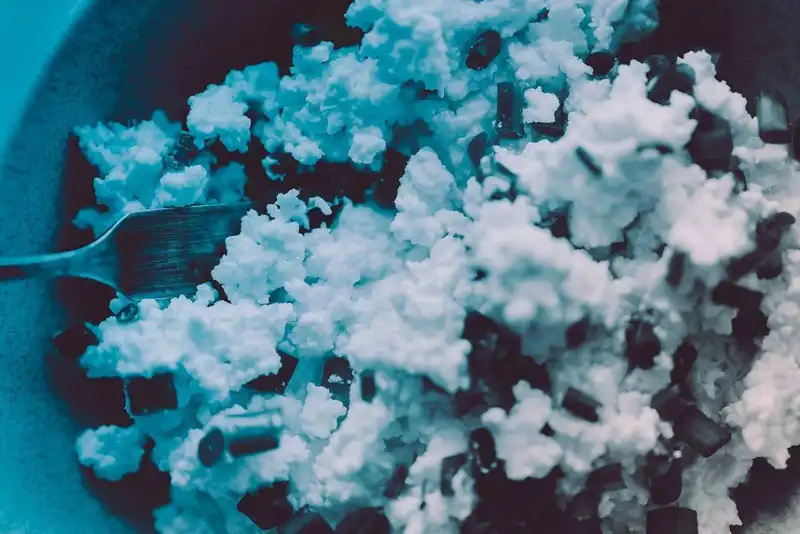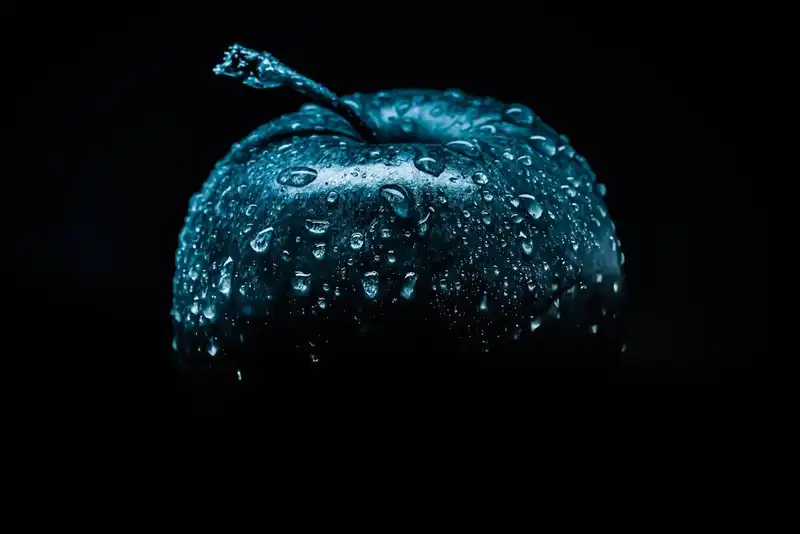Average Restaurant Food Cost
The Average Restaurant Cost of Food, Liquor and Labor Cost

Of the many costs that go into restaurant management, keeping food cost low is the cornerstone to success. Cost of liquor and labor are also important factors in keeping food sales profits high in the restaurant business.
Prime Costs
Prime cost is an indicator of how to price menu items to maintain profitability. Also referred to as Cost of Goods Sold or COGS, it is the sum of food, beverage and labor costs combined.
Along with the inventory purchases from food and beverage, prime costs also include labor costs, payroll taxes, medical insurance, and employee benefits.
Average Liquor Costs
Liquor profits can be high earners if the costs are kept low. Every food service business that sells alcohol will have different costs to factor when tallying their liquor costs. Usually, the liquor costs are based on gross margin and direct costs.
An average total cost falls between 18% to 24%. Different types of drinks will command their own cost percentage as well. For example, liquors are 15%, beer runs between 20% to 25% depending on whether it's draft or bottled. Fine wine can is anywhere between 30-40%.
Average Food Costs
Because the profit margins leave little room for error, calculating food costs is a big challenge in restaurant management. Monitoring food cost percentage closely provides a solid indicator of when to make changes.
Inventory purchases, food distributors, and menu prices can all be adjust to increase profits. Average restaurant food costs need to stay between 28% to 35% to maintain profitability.
Average Labor Costs
Labor costs include more than just calculating the wages of employees. While this is true, the labor costs also include-
- Bonuses
- Overtime
- HealthCare
- Payroll Taxes
- Salaried employees
- Hourly employees
- Vacation and sick days
Establishments in food service have different gross revenue when it comes to labor costs. The aim is between a 20-30% cost percentage.
Depending on the demand needed the staffing costs could affect labor costs. A fast-food restaurant could have 25% in labor cost while full-service would be a larger cost percentage of 30-40% of revenue. It all depends on the scale of the bar or restaurant.
How to Calculate Your Average Restaurant Food Costs

Food cost percentage is broken down into sections with their own cost formula.
How to Calculate Your Liquor Costs
Liquor costs are calculated by dividing their total sales from the Cost of Goods Sold. The formula would look like this-
COGS/Liquor Sales = Liquor Costs
Say the bar made $15,000 of the liquor inventory for the year and the net sales were $65,000. The cost percentage for liquor would be 23%.
Example- (15,000/65,000) = .23 x 100 = 23%
For every dollar earned through sales in sales 23 cents of it pays for the liquor. The remaining 77 cents is the revenue or gross margin.
How to Calculate Food Costs
Cost of Goods Sold (COGS) is the amount spent on ingredients that make up menu items. This includes each menu item served during a specific time period.
To calculate Cost of Goods Sold (COGS) the formula is-
Beginning Inventory (inventory available at the start of a certain time period)+ Purchases (inventory purchases made within the same time period) - Ending Inventory (purchases ending the time period) = COGS
Prime Costs should also be calculated as a percentage of sales. To do that total sales would be divided from the prime cost. Ideally 55-65% should be prime costs while the remainder would go into additional expenses such as rent, new equipment, utilities and menu engineering.
How to Calculate Ideal Food Costs
Having an ideal food cost highlights any inconsistencies between the food cost percentage total and the actual food cost.
The difference from actual food costs is that ideal food costs don't include beginning inventory purchases or ending inventory. The ideal food cost percentage formula-
Total Cost Per Dish / Total Sales Per Dish
When this formula is used it can show where higher costs lie, for instance over ordering supplies or food waste. Once the percentage difference is found it can be adjusted.
How to Calculate Labor Costs
In order to determine what your restaurant is running at for labor costs you will need to calculate labor costs as a percentage. The first thing you will want to do is add up the cost from the different cost groups.
How to Calculate Labor Costs as a Percentage
Labor costs are figured by first calculating them as a percentage of total sales. The POS system will have a report showing the total revenue data. From there the total labor costs will be calculated by adding the data on the report. That sum will be divided by revenue to get the exact labor cost.
Tracking all food, beverage and labor cost percentages consistently will make sure profits don't wane. If any variances show up in the calculations they can be adjusted to control costs and continue in a direction towards the goals of the restaurant.
Conclusion to Restaurant Food Costs
- The big three food costs restaurant managers seek to control include liquor costs, food costs, and labor costs.
- Prime Cost or Cost of Goods Sold are the combined sum of food, beverage and labor costs.
- Cost percentages help restaurants determine which areas to adjust spending.





